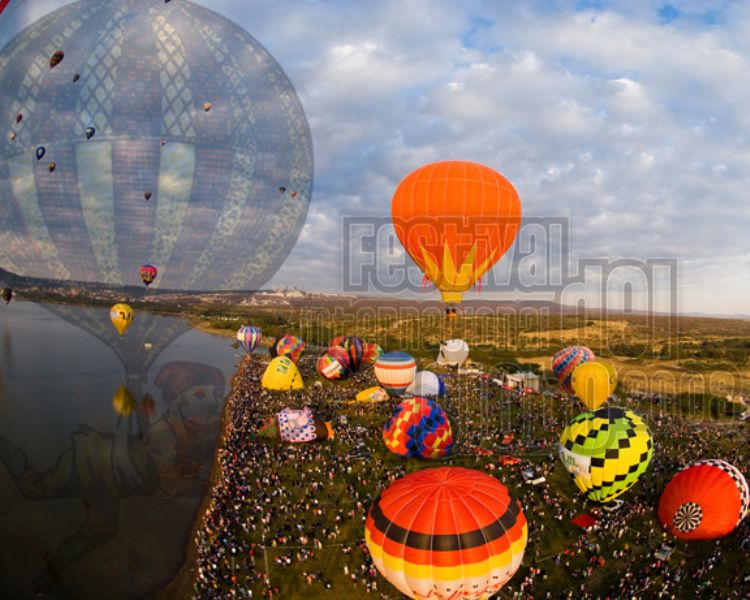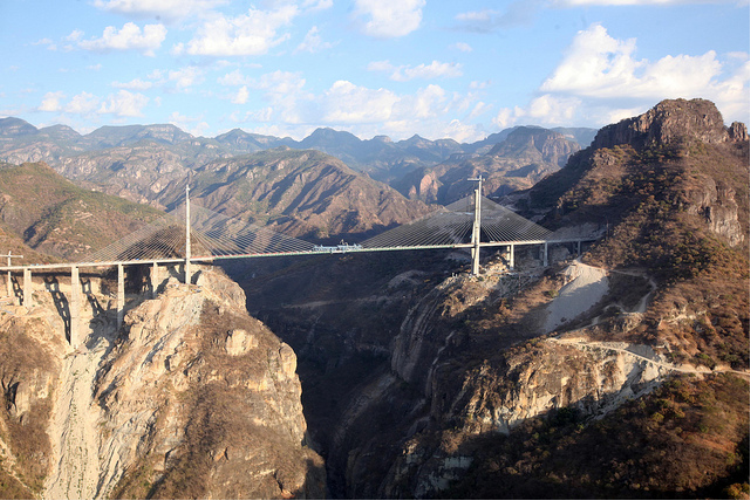The Omnilife Stadium, Mexico Newest Stadium
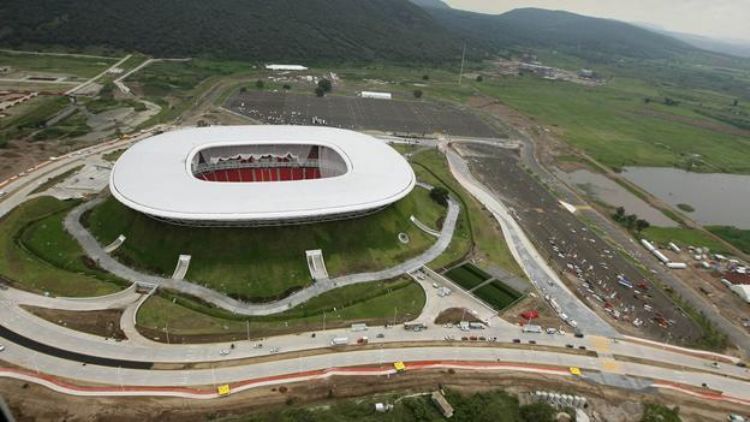
From a 7th generation synthetic lawn to a unique architectural design, the new home of soccer team Las Chivas de Guadalajara features the most advanced structural technology. It was built by several companies with years of experience building stadiums. Jean Marie Massaus and Daniel Pouzet were the leading designers. The stadium features several innovations in construction: from the stands and illumination, to the rainfall collection system to make it ecologically responsible, and more. However, all the beauty, technology, and wide spaces are overshadowed by 2 things: the high (initial) cost and the difficult access to the stadium.
Some of the technical data indicates that the stadium has a surface of 175,000 square yards, and a maximum capacity of 45,000 spectators. The parking lot has a capacity for 5000 vehicles and includes areas for handicapped individuals.
The stadium holds the Mexican record for having the most expensive seats during soccer games. On its inauguration day, (July 29th, 2010), the cheapest ticket for the Guadalajara vs. Manchester United match was $700 pesos (approximately $63 US dollars at the time), and the most expensive was $2,200 pesos (approximately $200 US dollars at the time). Besides the inaugural soccer match, there was a good show featuring fireworks, choreographies and a brief look at the history of the Guadalajara team; the show lasted a total of 37 minutes.
Obviously, ticket costs vary from event to event, but even when the cheapest tickets for the next game were $150 pesos (approximately $13.5 US dollars), only 20,000 fans showed up.
The main thing against the stadium is its difficult access; not even tickets at $20 pesos could fill the stands. The Omnilife is located near the overpass and Vallarta Avenue. These are main roads, and it is not easy to avoid their traffic jams. If you are heading towards the stadium on the day of a game, you could be stuck in traffic for almost two hours. If you naively head to the stadium without previously considering those 2 hours, by the time you arrive the game could be over. You should also expect another 2 hours of traffic after the game ends and people are leaving the stadium. On the other hand, Jorge Vergara, its owner, is putting some of his own money to improve traffic in the area. He is doing this by supporting the government of Zapopan in the construction of a secondary road to the stadium, and to the JVC Cultural Center.
It is worth mentioning that for some people, the roof of the stadium looks similar to a toilet seat, fact that has made some detractors and anti-Chivas individuals call it âthe toiletâ. For some, the synthetic lawn is another negative point. It is made of a mix of silica sand, synthetic fibers, and rubber sand, a product that comes from recycling sports shoes, so it is ecological and highly resistant to bacteria and UV radiation. Even with all its high technology, the lawn does not fully convince everyone. Those who know, say the ball bounces too much, and therefore it is easier for a player to get injured. However, when one is talking about soccer, it is difficult to have an opinion that is not debatable.
Besides the nicknames and the problems with the lawn, the stadium is indeed a magnificent piece of technology and architecture, at the level of great stadiums in other countries. It has very comfortable seats for the spectator (as it should be if one is going to be seated during 90 minutes watching a game!). Also, the drain system proved its efficiency during the Guadalajara vs. Estudiantes match: despite the heavy rain, at no time during the game were there puddles in the field. Also, the roof efficiently protected the spectators from the rain, and only some people got wet form the breeze created by the wind.
Speaking of water, the stadium has a rainfall collection system in the roof and in the field. The collected liquid is sent to a storage tank where it is filtered and then used in all the services that require non-potable water, such as landscape watering, stands cleaning, and restroom operation. More than 39,000 cubic yards of water are saved that way. The stadium also has a direct pipe line to the general treatment plant of the area.
There is one thing about the Omnilife Stadium that makes it pale in comparison to the Jalisco Stadium: At the end of a game at the Jalisco stadium, spectators can go and eat at the food stands outside. Omnilife does not have any food stands outside; so, at the end of a game, the only thing for visitors to do is to stand in line to exit the stadium.
In conclusion, despite being a project that cost two billion pesos (approximately $160 million US dollars), that took 4 years to plan and 3 years to build, market research did not anticipate that, given the state of soccer these days, for many soccer fans, wasting hours in traffic to go to an expensive stadium was just not worth it. When street access to the stadium improves, and people really make the stadium the home of the âRebaño Sagradoâ (the Holy Herd), the stadium will be one of the best in the world and probably the best one in Mexico.
If we want to stay up to date with the activities taking place at the Omnilife Stadium, we can follow the calendar on the Chivas Facebook page and through their website, as well.
Article produced by the Editorial Team of "Explorando Mexico".
Copyright Explorando México, All rights reserved.
Photo: Cnn Mexico

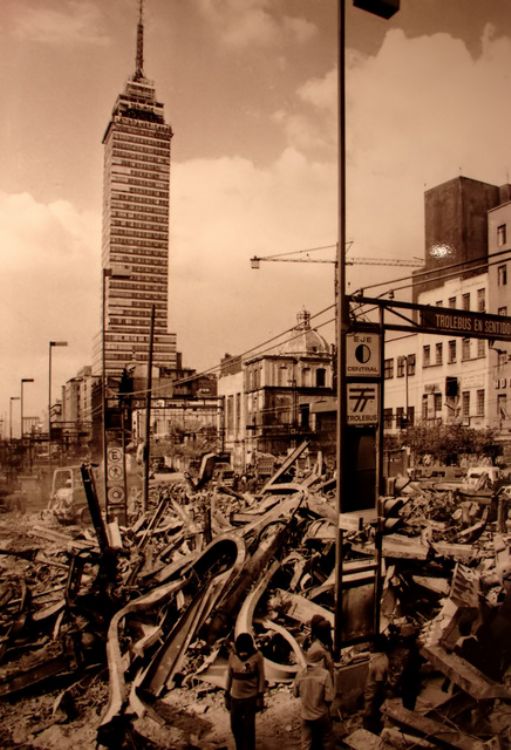
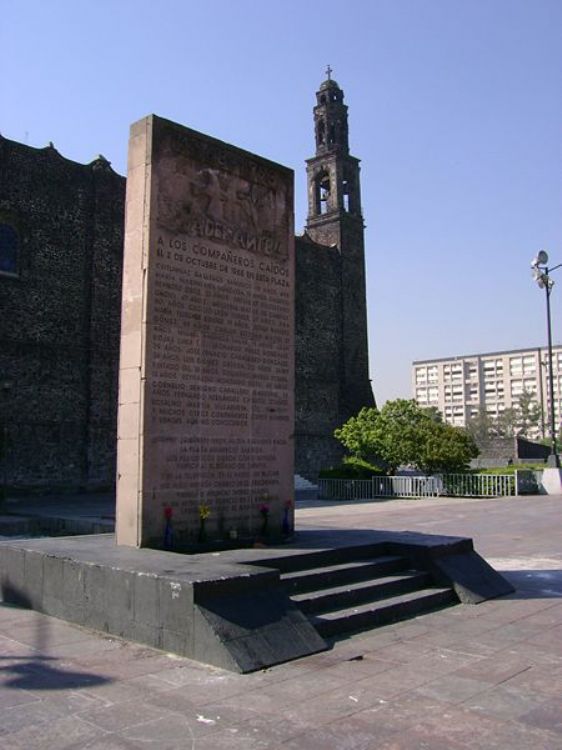
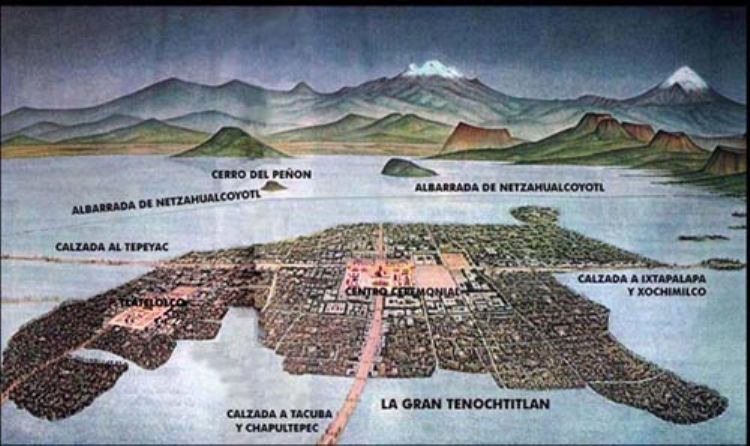
.jpg)
